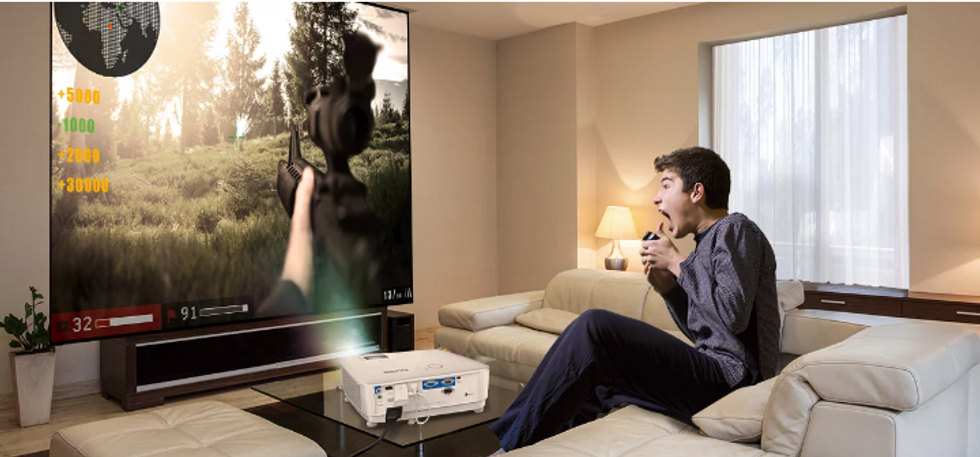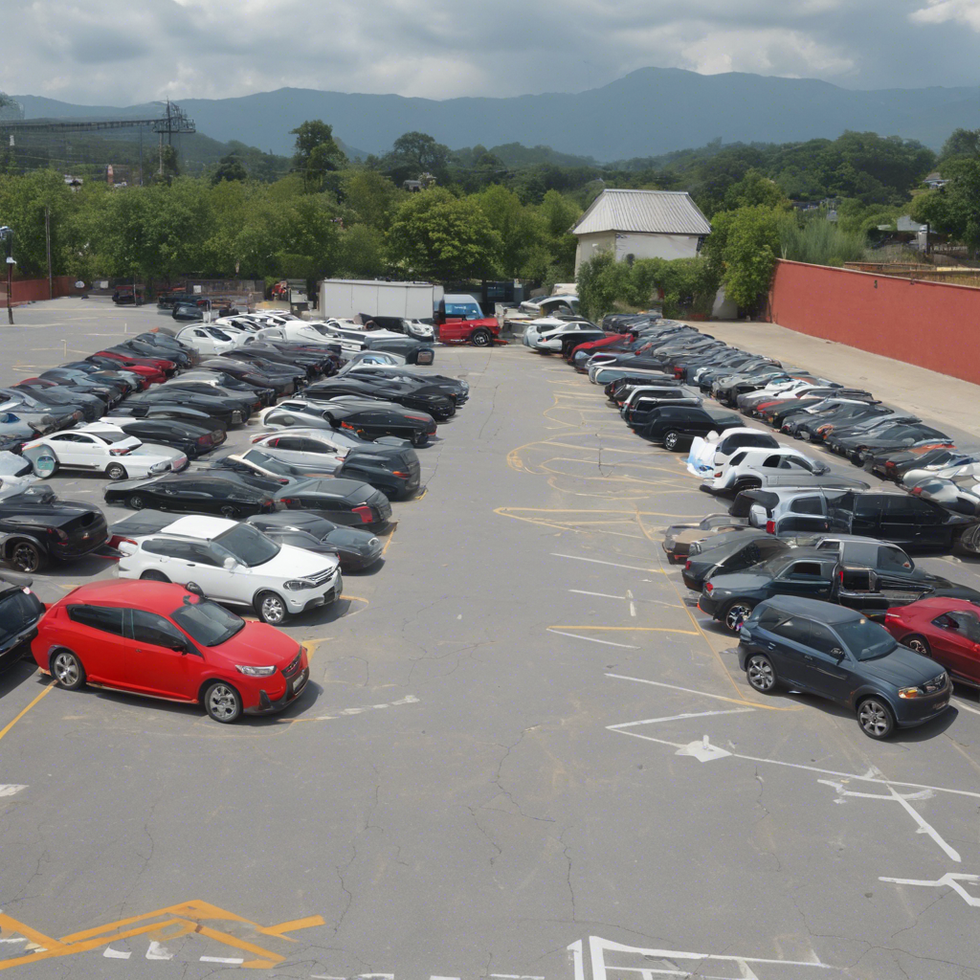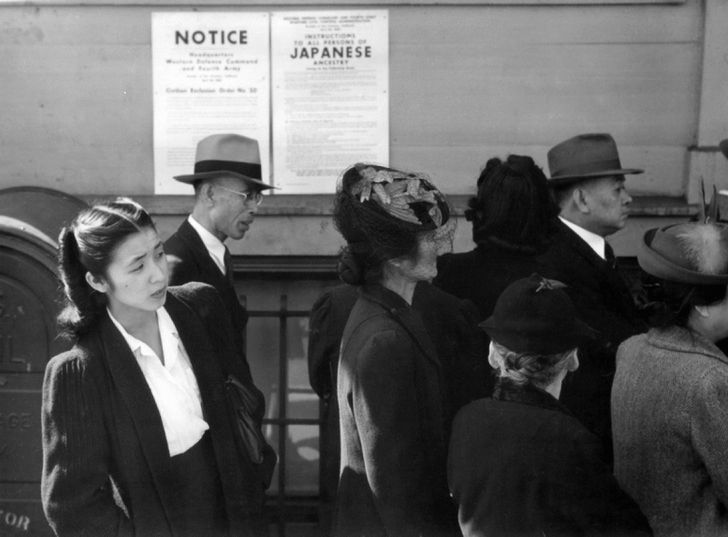The projection throw ratio refers to the ratio of projection distance/screen width. For example, if the projection throw ratio is 1:1, then the projector can only project a 1m long picture at a position of 1m away from the wall, which is about 45 inches; If the ratio is 2:1, then the projector can only project a 1m long picture at a distance of 2m from the wall, which requires a bigger viewing space.
At present, the projection ratio of mainstream projectors is 1.2:1. The next thing is to pay attention to how to calculate the projection distance according to the projection ratio:
According to the formula: projection distance = screen width * projection ratio
The projection screen ratio is 16:9 - screen width (meters) = Screen size (inch) x 0.0254 m/inch x 0.87 The projected screen ratio is 4:3—screen width (m) = screen size (inch) x 0.0254 m/inch x 0.8
Now the mainstream projectors have a projection throw ratio that is generally 1.2:1. If the default screen ratio of the machine is 16:9, and if you cast a 100-inch screen, then the optimal placement distance is calculated as: 100×0.0254×0.87×1.2≈2.67 (meter), the distance is about 2.67 You can cast a 100-inch screen. For projector beginners, doing the calculation themselves can be a little troublesome and inaccurate. Hence we can turn to the projector calculator for help, it is an online tool that helps you to calculate the right projection distance in a second.
In addition, for projector beginners guide, it is recommended to cast a picture within 150 inches as much as possible. If the picture size is too large, the brightness and sharpness of the picture will be affected (because a longer distance is required).






 StableDiffusion
StableDiffusion Photo by
Photo by  Photo by
Photo by 
 full parking
StableDiffusion
full parking
StableDiffusion





